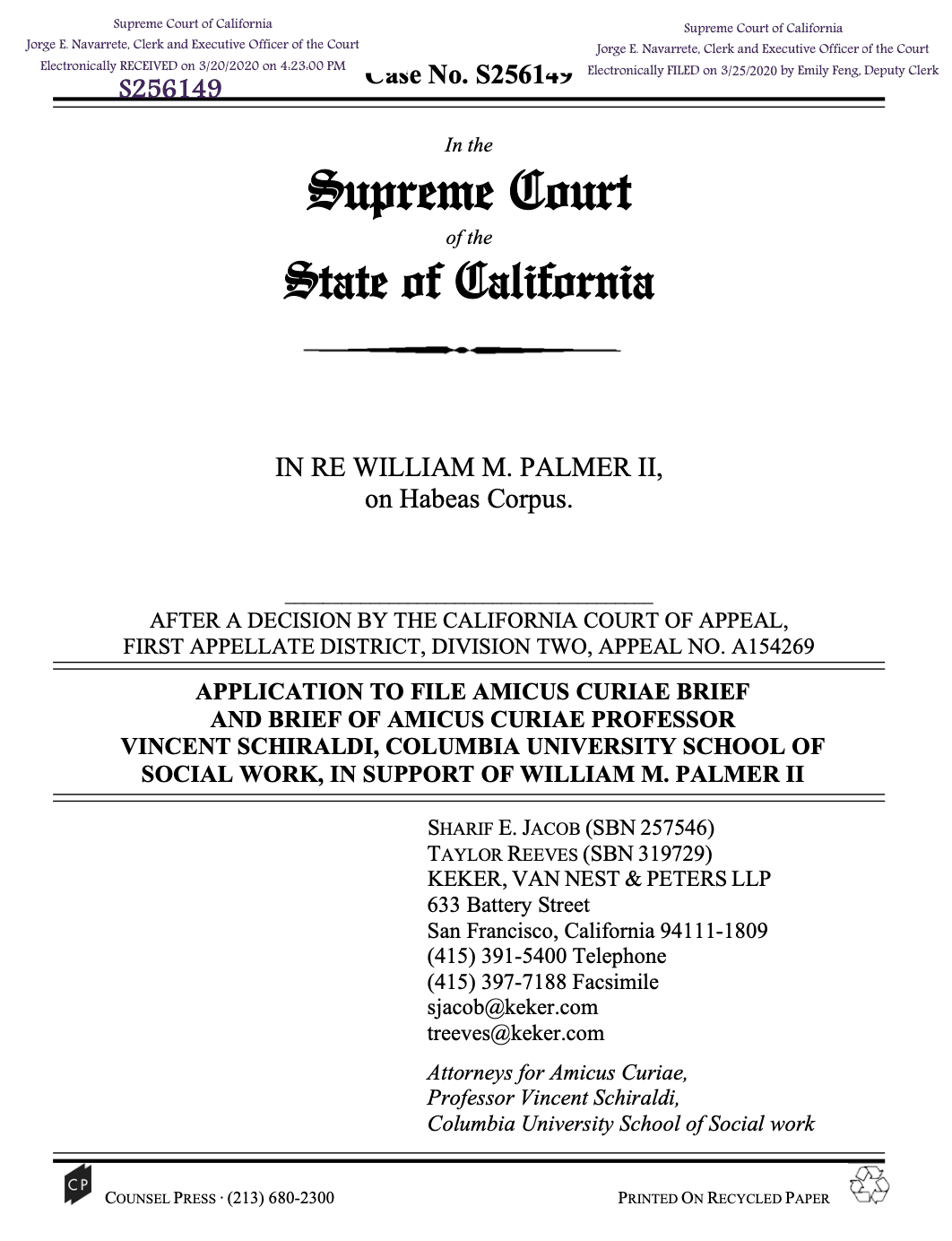
Summary of Argument
Adolescence - the transitional period marked by the beginning of puberty and extending through the late teens and early 20s - is a period of immense change in decision-making capacities, characterized by a tendency to engage in risky activity.? Adolescents gravitate toward behaviors that deliver immediate rewards, and they are neurologically ill-equipped to consider the potential consequences of their decisions. This heightened preference for risk and immediate reward may manifest as criminal activity in some cases. Risky behavior, including crime, rises markedly during early adolescence, peaks in mid to late adolescence, and dramatically declines through the 20s.*
The neurological, behavioral, and environmental factors that distinguish adolescents from adults also have an important bearing on adolescents' culpability. The biologically driven behavioral tendencies that characterize adolescence provide critical context for criminal activity among juveniles and may help courts better understand adolescent motivations. Although adolescents should be held responsible for reckless behavior, excessive punishment is arbitrary and irrational given their unique stage of neurological development. This Brief focuses on the scientific and academic research demonstrating that adolescents are biologically and behaviorally distinct from adults, and it argues that these distinctions counsel against excessive punishment of William Palmer.
Several key research findings support this conclusion, each of which are discussed in turn. First, the adolescent brain is structurally and functionally unique in ways that emphasize rewards while overlooking risk. Second, these neurological developments comport with behavioral research on the age-related distribution of reckless behavior. Third, adolescents are particularly sensitive to environmental influences in ways that exacerbate the characteristics associated with their unique developmental stage. The research discussed in this Brief indicates that adolescents are more prone to reckless behavior and yet simultaneously more capable of change than their adult counterparts. As such, they are less criminally culpable and more malleable.
Mr. Palmer was 17 years old when he committed the crime at issue in this case. Therefore, the growing body of scientific study illuminating the unique developmental characteristics of adolescents is particularly relevant to an analysis of his criminal culpability and the propriety of his punishment. Because of the neurological, behavioral, and environmental distinctions that render adolescents less culpable than adults, Amicus respectfully submits that the judgment of the court below should be affirmed.